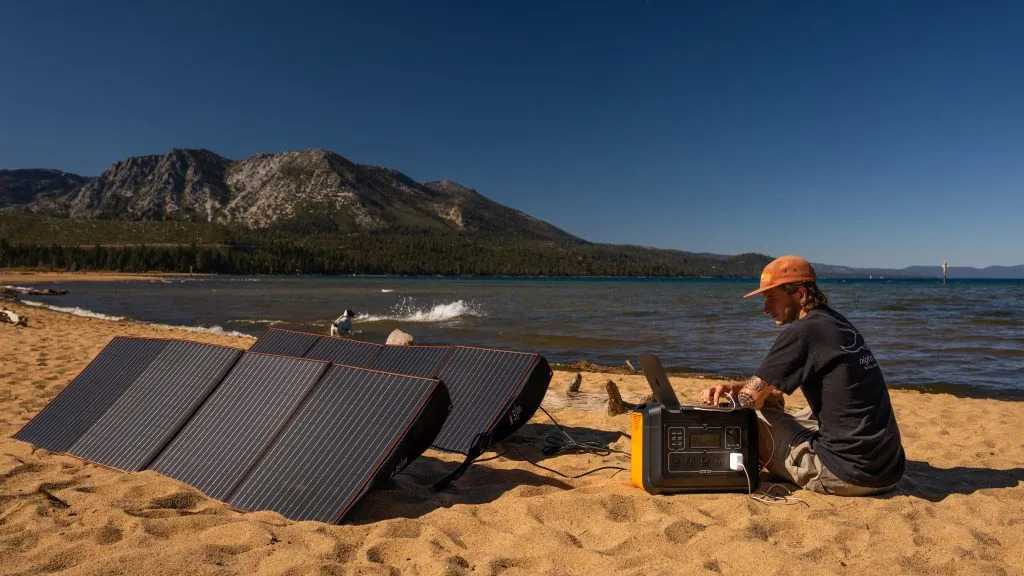The history of electricity and the evolution of the power generation industry is a fascinating journey that spans several centuries. Here’s a brief overview of the major milestones in this field:

Discovery of Electricity (17th and 18th centuries):
The study of electricity began in the late 17th century, with scientists like William Gilbert and Benjamin Franklin making key contributions.
Gilbert conducted experiments on static electricity, while Franklin’s famous kite experiment demonstrated the connection between lightning and electricity.
Voltaic Pile and the Birth of Electrochemistry (19th century):
In 1800, Alessandro Volta invented the voltaic pile, the first chemical battery capable of producing a continuous electric current.
This development led to the field of electrochemistry and sparked further research into electricity.
Faraday’s Discoveries (19th century):
Michael Faraday’s experiments in the early 19th century laid the foundation for modern electrical technology.
Faraday discovered electromagnetic induction and developed the first electric generator, the Faraday disk, in 1831.
Development of Electric Power Distribution (late 19th century):
Thomas Edison and Nikola Tesla played significant roles in the development of electric power distribution systems.
Edison’s direct current (DC) system and Tesla’s alternating current (AC) system competed in the “War of Currents.”
Ultimately, AC power transmission proved more efficient over long distances, leading to the adoption of AC as the standard.
Commercialization of Electric Power (late 19th century):
The Pearl Street Station, built by Thomas Edison in New York City in 1882, was the first centralized power plant to supply electricity to customers.
Other power stations were established, and electric lighting began to replace gas and oil lamps in homes and streets.
Expansion of Power Generation (early 20th century):
The early 20th century saw a rapid expansion in power generation, driven by the growing demand for electricity.
Hydroelectric power emerged as an important source, with large-scale projects like the Hoover Dam (completed in 1936) harnessing the power of water.
Nuclear Power (mid-20th century):
The discovery of nuclear fission in the 1930s led to the development of nuclear power as a significant energy source.
The first commercial nuclear power plant, Calder Hall in the United Kingdom, began operating in 1956.
Renewable Energy and Grid Integration (late 20th century and beyond):
In recent decades, there has been a growing focus on renewable energy sources such as wind, solar, and geothermal power.
Advances in technology have improved the efficiency and affordability of renewable energy systems.
The integration of these intermittent sources into the power grid poses challenges, which are being addressed through energy storage and grid management solutions.
Smart Grids and Digitalization (21st century):
The power generation industry is undergoing a digital transformation, with the advent of smart grids and advanced metering systems.
Digital technologies enable more efficient monitoring, control, and optimization of power generation and distribution systems.
The evolution of the power generation industry has been driven by a combination of scientific discoveries, technological advancements, and changing energy needs. Today, there is a growing emphasis on sustainable and environmentally friendly methods of power generation, with a focus on reducing carbon emissions and achieving a more sustainable energy future.



